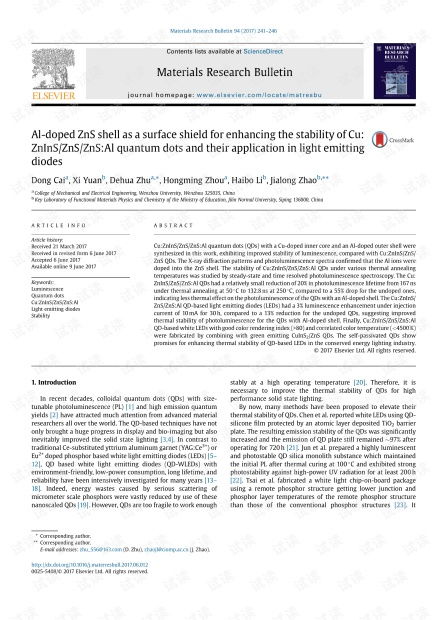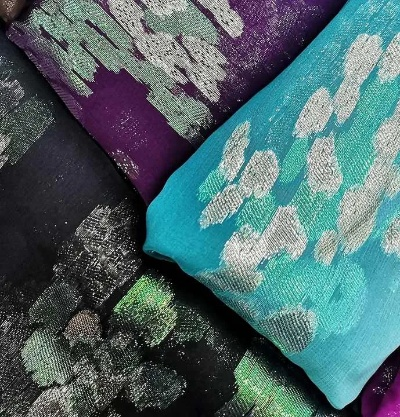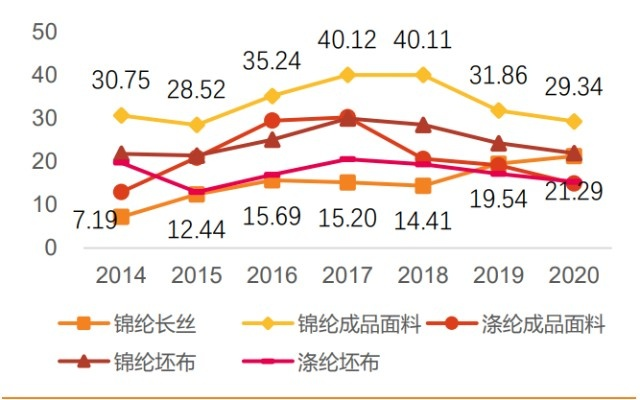Labeling of Export Textiles for Sustainability and Transparency
Introduction: In today's globalized market, consumers are increasingly seeking out products that not only meet their functional needs but also align with their ethical and environmental values. This has led to a growing demand for textiles that are produced sustainably and transparently, with clear information about the materials used and the processes involved in their production. The importance of labeling textiles cannot be overstated, as it provides consumers with vital information about the origins, production methods, and environmental impact of these products. In this article, we will explore the importance of export textile labeling, its benefits, and how it can be effectively implemented.
Importance of Export Textile Labeling: Export textile labeling is crucial because it helps to build trust between buyers and sellers, promotes responsible sourcing practices, and supports sustainable development goals. By providing detailed information about the materials used and the processes involved in the production of textiles, export labeling can help reduce the environmental impact of textile production and promote fair trade practices. Additionally, labeling can help to raise consumer awareness about the ethical implications of textile consumption and encourage more sustainable choices.

Benefits of Export Textile Labeling: There are numerous benefits of export textile labeling, including:
-
Transparent Information: Labeling provides consumers with clear and transparent information about the origins, production methods, and environmental impact of textiles. This information allows consumers to make informed purchasing decisions based on their values and preferences.
-
Support for Sustainable Development: Labeling promotes responsible sourcing practices and supports sustainable development goals. It encourages companies to use environmentally friendly materials and adopt sustainable production methods, which can have a positive impact on both the environment and the economy.
-
Fair Trade Practices: Labeling can help to promote fair trade practices by ensuring that workers are treated fairly and paid a living wage. It can also help to prevent child labor and other forms of exploitation in the production of textiles.
-
Environmental Impact Reduction: Labeling can help to reduce the environmental impact of textile production by encouraging companies to use less harmful chemicals and waste. It can also help to promote the use of renewable resources and sustainable materials in the production of textiles.
Example: One example of successful export textile labeling is the "Ecolabel" program launched by the European Commission. The Ecolabel program requires textile manufacturers to meet certain criteria, such as using sustainable materials, reducing waste, and promoting fair trade practices. Companies that meet these criteria are awarded the Ecolabel, which provides consumers with a clear indication of the environmental credentials of the product. This program has helped to raise consumer awareness about the importance of sustainable textiles and has contributed to the growth of the ecolabel industry.
Conclusion: The importance of export textile labeling cannot be understated. By providing consumers with clear and transparent information about the origins, production methods, and environmental impact of textiles, labeling can help to build trust between buyers and sellers, promote responsible sourcing practices, and support sustainable development goals. The success of the Ecolabel program in Europe demonstrates the potential of labeling to raise consumer awareness about the importance of sustainable textiles and to drive change in the industry. As such, it is essential that export textile labeling continues to be prioritized and supported by governments, industry groups, and consumers alike in order to create a more sustainable and equitable future for all.

随着国际贸易的不断发展,出口纺织品贴标签已成为企业提升产品竞争力的重要手段,本文将围绕出口纺织品贴成分标签的主题,通过英文案例说明和表格补充说明的方式,深入探讨其重要性、实施方法及注意事项。
出口纺织品贴成分标签的重要性
出口纺织品贴成分标签是提升产品附加值、提高市场竞争力的重要手段,通过标签的标注,消费者可以更好地了解产品的材质、性能、用途等信息,从而做出更明智的购买决策,标签也是企业进行产品追溯、维护消费者权益的重要依据。
出口纺织品贴成分标签的实施方法
- 确定标签内容:根据出口纺织品的特点和市场需求,确定标签内容,包括材质、颜色、图案等。
- 选择合适的标签材料:根据标签内容选择合适的材料,如纸质、塑料等。
- 设计标签样式:根据产品特点,设计标签样式,确保标签清晰、易读。
- 贴标操作:在纺织品生产过程中,按照标签设计要求进行贴标操作。
出口纺织品贴成分标签的案例分析
某出口纺织品品牌贴标签实践

该品牌出口的纺织品采用高品质面料,注重环保和可持续性,在贴标签时,品牌选择了环保纸材质,标注了材质、颜色和图案等信息,品牌还注重标签的可读性,设计简洁明了,易于消费者理解,在贴标操作过程中,品牌严格按照标签设计要求进行,确保了产品的质量和市场竞争力。
出口纺织品贴成分标签的注意事项
- 准确性:标签内容必须准确无误,不能出现错误或误导消费者的情况。
- 标准化:出口纺织品贴成分标签应遵循一定的标准,确保标签的一致性和可追溯性。
- 维护消费者权益:标签应充分保护消费者权益,如注明产品的安全认证等信息。
出口纺织品贴成分标签的表格补充说明
以下为出口纺织品贴成分标签的表格补充说明:
| 类别 | 描述 | 示例数据 |
|---|---|---|
| 材质 | 棉质、涤纶等 | 根据产品特点选择合适的材质 |
| 颜色 | 白色、绿色等 | 根据产品需求和市场需求选择合适的颜色 |
| 图案 | 简约、时尚等 | 根据产品特点和市场需求设计图案 |
| 备注 | 产品特点、安全认证等信息 | 根据实际情况添加备注信息 |
出口纺织品贴成分标签是提升产品竞争力的重要手段,通过正确的实施方法和注意事项,企业可以更好地进行产品标注和追溯,提高产品的市场竞争力,标签也是维护消费者权益的重要依据,企业应充分保护消费者权益,确保消费者的合法权益得到充分保障。
Articles related to the knowledge points of this article:
Immersing Yourself in Realistic and High-Definition Mobile Textile Images


